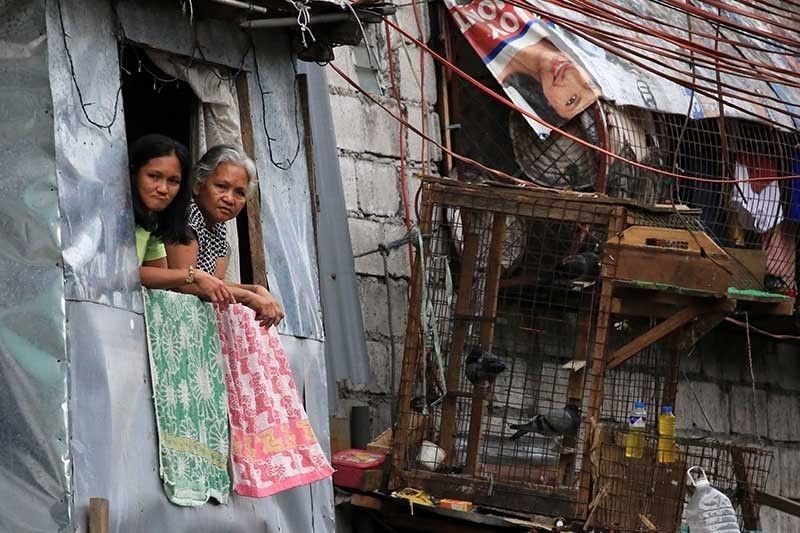SWS: Number of hungry Filipino families nearly doubles due to COVID-19 blow

MANILA, Philippines — The number of Filipino families who experienced hunger nearly doubled in the first quarter, a survey from the Social Weather Stations suggests, as the novel coronavirus outbreak placed millions under lockdowns and ravaged the country’s economy.
When cases began to pile up in mid-March, lockdowns and travel restrictions were implemented across the archipelago to stem the spread of the contagion. The quarantine effectively halted business and commerce, affecting millions of workers, especially those from small- and medium-enterprises.
The poll of 4,010 working-age Filipinos showed that 16.7%—which translates to around 4.2 million nationwide—experienced hunger due to lack of food to eat at least once in the past three months.
The latest figure was nearly double the 8.8% or around 2.1 million families reported in December 2019. This was also the highest hunger rate since the 22% or around 4.8 million families registered in September 2014.
Broken down, the number of Filipino households who experienced moderate hunger soared to 13.9%—around 3.5 million families—from 7.3% in December 2019.
The number of those who dealt with severe hunger rose to 2.8%—around 699,000 families—from 1.5% in the last quarter of 2019.
Moderate hunger refers to those who experienced hunger “only once” or a “few times” while severe hunger refers to those who experienced it “often” or always.
The hunger rate in Metro Manila—epicenter of the COVID-19 outbreak—sharply rose to 20.8% or 693,000 families in May from 9.3% or 307,000 families.
From 6.3% or 688,000 households, the hunger rate in Balance Luzon also doubled to 12.6% or 1.4 million households.
Some 14.6% or 685,000 families went hungry in the Visayas from 9.3% or 436,000 in the last quarter of the year while 24.2% or 1.4 million experienced hunger in Mindanao from 12.7% or around 709,000 families in December 2019.
The SWS survey showed that hunger was higher among those with less formal education: 21.1% among non-elementary graduates and 24.4% among elementary graduates, compared to 16.5% among high school graduates and 6.9% among college graduates.
The poll also found that 99% of the respondents received food assistance from the government.
The survey was conducted using mobile phone and computer-assisted telephone interviews from May 4 to 10 due to lockdown restrictions. It has a margin of error of ±2% for national percentages.
In April, the United Nations’ World Food Programme said that the number of people facing hunger worldwide could double this year to 265 million due to the restrictions linked to the coronavirus pandemic. — Gaea Katreena Cabico
- Latest
- Trending































